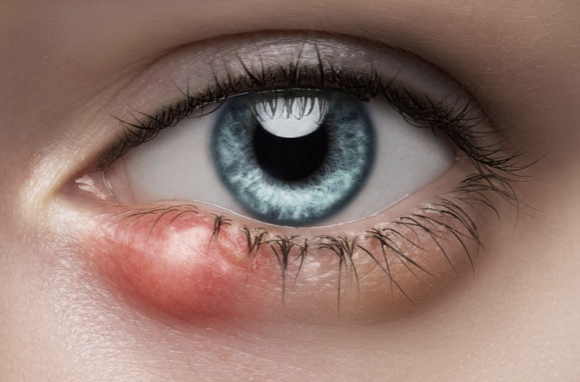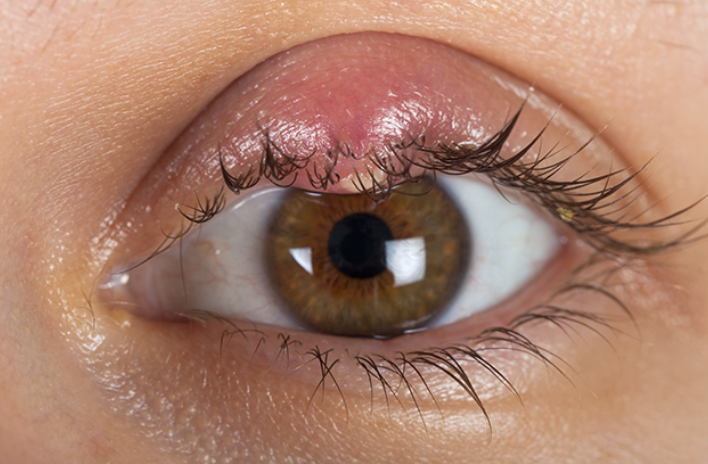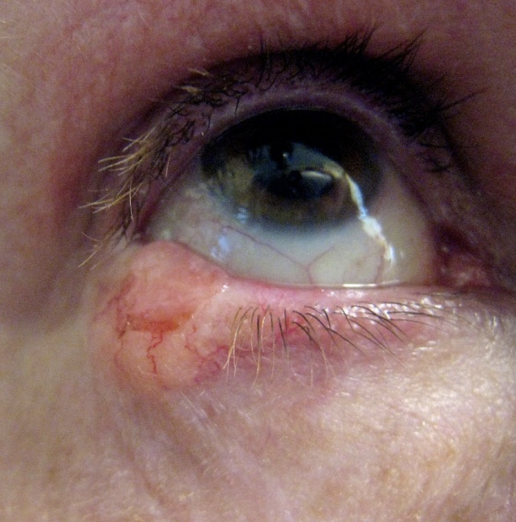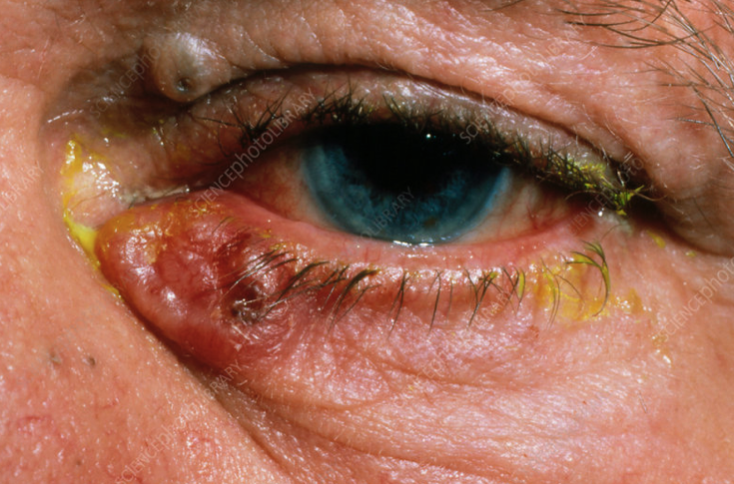
Chalazion:

Stye (Hordeolum):

Stebaceous Cyst:

Xanthelasma:

Basal Cell Carcinoma:

Squamous Cell Carcinoma:
Eyelid growths can vary widely in their nature and causes, ranging from benign and common conditions like chalazia and styes to more serious issues such as sebaceous cysts and skin cancers. Early detection and appropriate management are crucial to ensure the best possible outcomes. If you notice any changes or growths on your eyelids, it is essential to seek prompt evaluation by an eye care professional or dermatologist for a comprehensive examination and tailored treatment plan. Regular eye examinations and maintaining good eyelid hygiene can contribute to the prevention and early detection of eyelid growths.